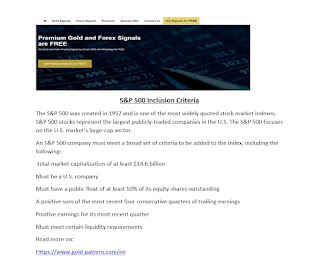Customer satisfaction
Customer satisfaction
Despite all the effort and money poured into
CX tools by companies, customer satisfaction continues to decline. In the
United States, it is now at its lowest level in nearly two decades, per data
from the American Customer Satisfaction Index (ACSI). Consumer sentiment is
also at its lowest in more than two decades. This negative dynamic in the
customer-centric ecosystem in which we now live creates the challenge of
figuring out what is going wrong and what companies can do to fix it.
The short answer is that companies need to
create an amazing customer experience. Customers no longer only compare
companies to their competitors. They compare with the best companies and brands
across industries. But satisfaction across the board is in decline! That begs
the question: What customer satisfaction areas should companies tackle
strategically to create greater profit at lower risk?
We base our answer on research at the ACSI —
analyzing millions of customer data points — and research that we conducted for
our book, The Reign of the Customer: Customer-Centric Approaches to Improving
Customer Satisfaction. For three decades, the ACSI has been a leading
satisfaction index (cause-and-effect metric) connected to the quality of brands
sold by companies with significant market share in the United States.
Here are the top 10 areas to focus on to
satisfy customers and create greater profit at lower risk:
Customer Satisfaction is a Strategic Asset
The American Customer Satisfaction Index
defines customer satisfaction as a strategic company asset that should be
optimized. Satisfaction should not be maximized but also not ignored;
optimization is the key. Companies thrive by delivering on customers’ satisfaction expectations in combination
with quality, value, and complaint handling. The focus should then be to manage
the optimization of satisfaction relative to customer expectations and company
resources used.
It is important to understand this
optimization of customer satisfaction since there is a complicated — and ultimately
negative — relationship between satisfaction and market share. That is, while
high and improving satisfaction in smaller companies drives market-share
growth, maintaining high satisfaction once the market share is larger becomes
more difficult. This is because with a larger market share typically comes a
more heterogeneous customer base and more diverse customer behaviors, which
makes delivering high satisfaction more difficult.
Understand What Customers Expect
What type of demands do customers have
relative to their experiences with companies? Let’s start with the misnomer of sky-rocketing expectations. For the
past 12 years, using ACSI data, customer expectations have been relatively
steady at the macro level (across industries and companies), scoring between 79
and 82 on a 100-point scale (where 100 represents the highest expectations).
Now, companies in the auto industry like BMW, Mercedes, and Toyota, seemingly
always have much higher expectations than average (>90) from their customers
that they have to manage.
Despite the steady cross-industry expectations,
the popular choice for many businesses is to aim higher and higher, and at
least to “always exceed customer expectations.” Is this the future
trend in customer expectations? Practically, it is a flawed argument since
companies should avoid promising to “always exceed expectations,” as
attempting such a strategy is not sustainable. Companies can and should delight
the customer with an amazing experience but with realistic aims.
Quality Performance Matters
How have customers’ quality perceptions evolved (brands, products, and services)?
Important in this context is what constitutes quality. Quality, as measured
within the ACSI, refers to reliability and customizability, but customizability
dominates reliability as a driver of satisfaction. At the macro-level, for the
past 12 years quality has been residing in the 79 to 83 range on a 100-point
scale (where 100 is the highest quality). For example, Quaker has impressive
scores on overall quality, with BMW and Publix peaking in product and service
quality, respectively.
A key issue moving forward is likely to be
strategies for improving satisfaction in the absence of gains in perceived
quality for many companies. Contrary to what managers often think, quality
trumps price. More broadly, quality also trumps value as a driver of customer
satisfaction across most economic sectors and industries. Plus, we live in a “mass
customization” economy, which is reflected in satisfaction being more sensitive
to the personalizability than the reliability of products and services.
https://www.gold-pattern.com/en




Comments
Post a Comment